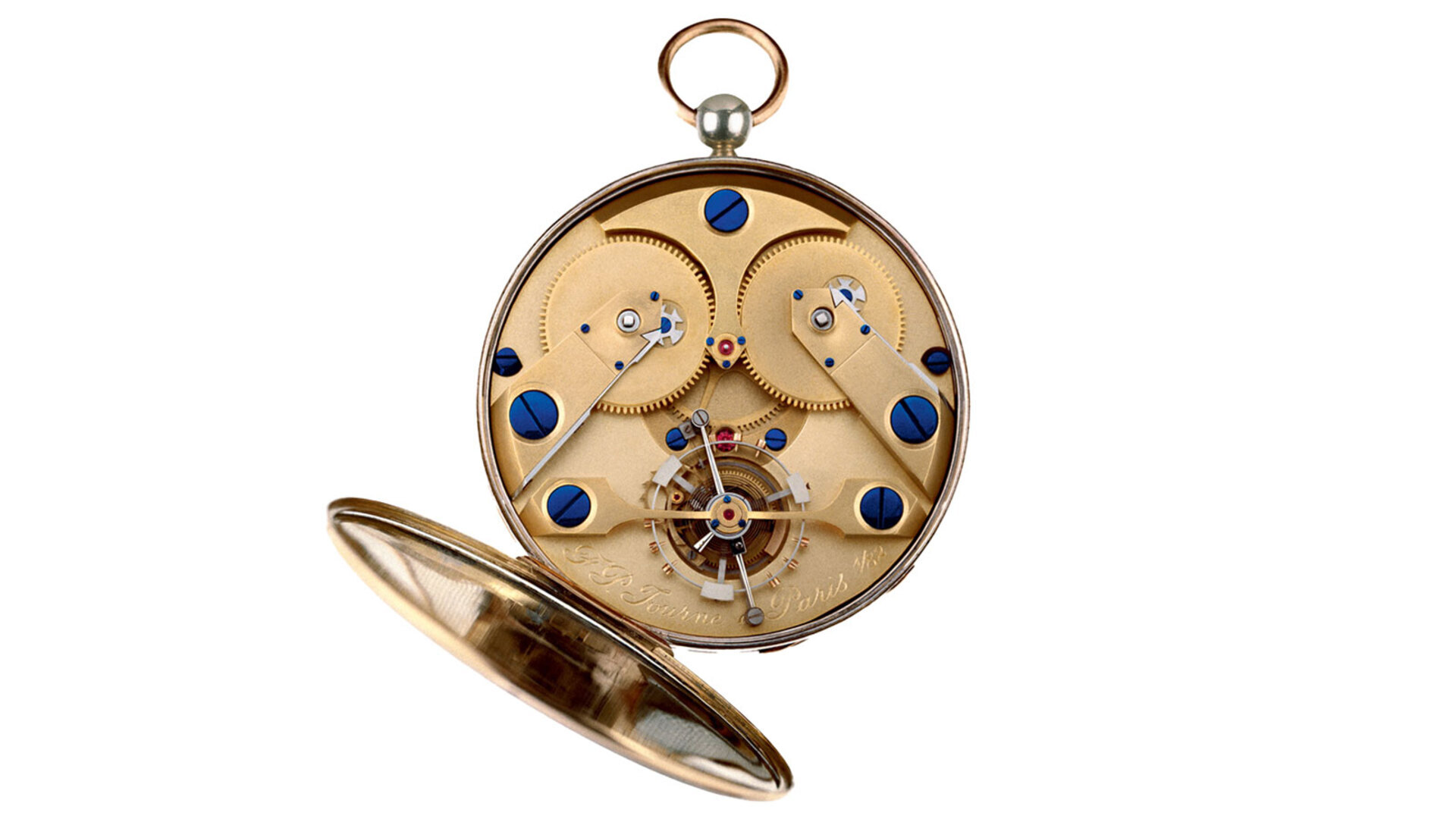
Oil is the secret
As you already know A.L. Breguet first invented the Tourbillon in 1801. Since then Countless theories were made to justify the use of a system that is power consuming, increases the amount of components resulting in reliability issues without helping the accuracy.I have always been fascinated by François-Paul Journe’s thought, that describes the Tourbillon as a system to distribute oil.
Just like Romeo Ferraris, famous automotive engineer , said : “a good lubrication is the base for a good engine”.
We can apply the same concept to the mechanichs of a watch where the balance wheel is the most delicate component. It has to run as regular as possible and with the lowest friction. And to do so it needs lubrication.
The question is: how can we keep it lubricated?
The answer is very simple and to understand it we can imagine what we do when we take a spoon full of honey. If we keep rotating the spoon we can prevent the honey from dripping . The faster we do it the more remains glued to the spoon.
Similarly the Tourbillon turns all the elements of the regulating organ: escapement and anchor – together with their axis – preventing the oil contained in the bushings to spill out and keeping them lubricated.
In the early 19th century Breguet didn’t have the viscous and dense oil that we have today so he imagined the Tourbillon as a device to help the chronometry of a pocket watch. Since then the Tourbillon became an irresistible technical challenge for the best watchmakers to prove themselves and for the watch enthusiats to own.

Á Paris
François-Paul is an enthusiast and student of Breguet’s work. He has always considered the Tourbillon as the culmination (or the beginning…) of any Master Watchmaker’s carreer.
Extremely complex to build and with demanding fine tuning, the Tourbillon has been the first movement he had ever hand crafted while working at his uncle’s atelier in Paris in the mid 80’s.
The result was a stunning pocket watch with Lepine case in silver and gold enclosing a parallel double barrel mechanical movement. The caseback could be opened to admire a big Tourbillon with “à détente” escapement and Breguet inspired finishing.
On the dial side appeared for the first time the F.P Journe logo, together with the words “à Paris”. Although F.P. never sold this watch he used it as a calling card to acquire his first customers.
The success of this first prototype allowed him to leave his uncle’s atelier to set up his own business in Switzerland and give birth to his Legend.


Improving
At that stage Journe wanted to enhance the Tourbillon and overcome the major flaw of the system: energy requirement. Indeed a strong thrust was necessary to let the 70+ components of the Tourbillon cage turn, much stronger than on a traditional system.
But one barrel with a single mainspring wasn’t enough to grant a constant push. In fact when fully loaded it released a large amount of energy that drastically decreased while unwinding.
For a Tourbillon to work at its best he needed the big barrel to release the energy constantly throughout the charge. So F.P. decided to leave the parallel double barrel, that was already quite balanced in releasing the energy, for a much more sophisticated system took from pendulum clocks: the remontoir d’égalité.
Remontoir d'égalitè
The Remontoir d’égalité was first studied and developed by F.P. for his 1986 pocket watch, automatic retrograde perpetual calendar.
It was a complex system to manage the thrust coming from the mainspring and release it in a determined amount of time – 5 seconds on his first pocketwatch – that granted the same supply of energy when fully winded or empty.
It is simple to understand if we think about a cask full of water with a tap at the bottom. As soon as we open the tap the water will pour out strong but will get weaker while the water level gets lower. This happens because the pressure decreases and that’s the same thing that happens inside a watch barrel.
But if we open the tap and fill a glass, pour the water, then fill it and pour once again, the pressure of the water poured from the glass will always be the same.
The principle may look simple explained this way may but replicate it inside the micro mechanics of a wristwatch is a whole different story. Journe adopted this system instead of some more more expensive and complex alternatives such as the chain and fusée.
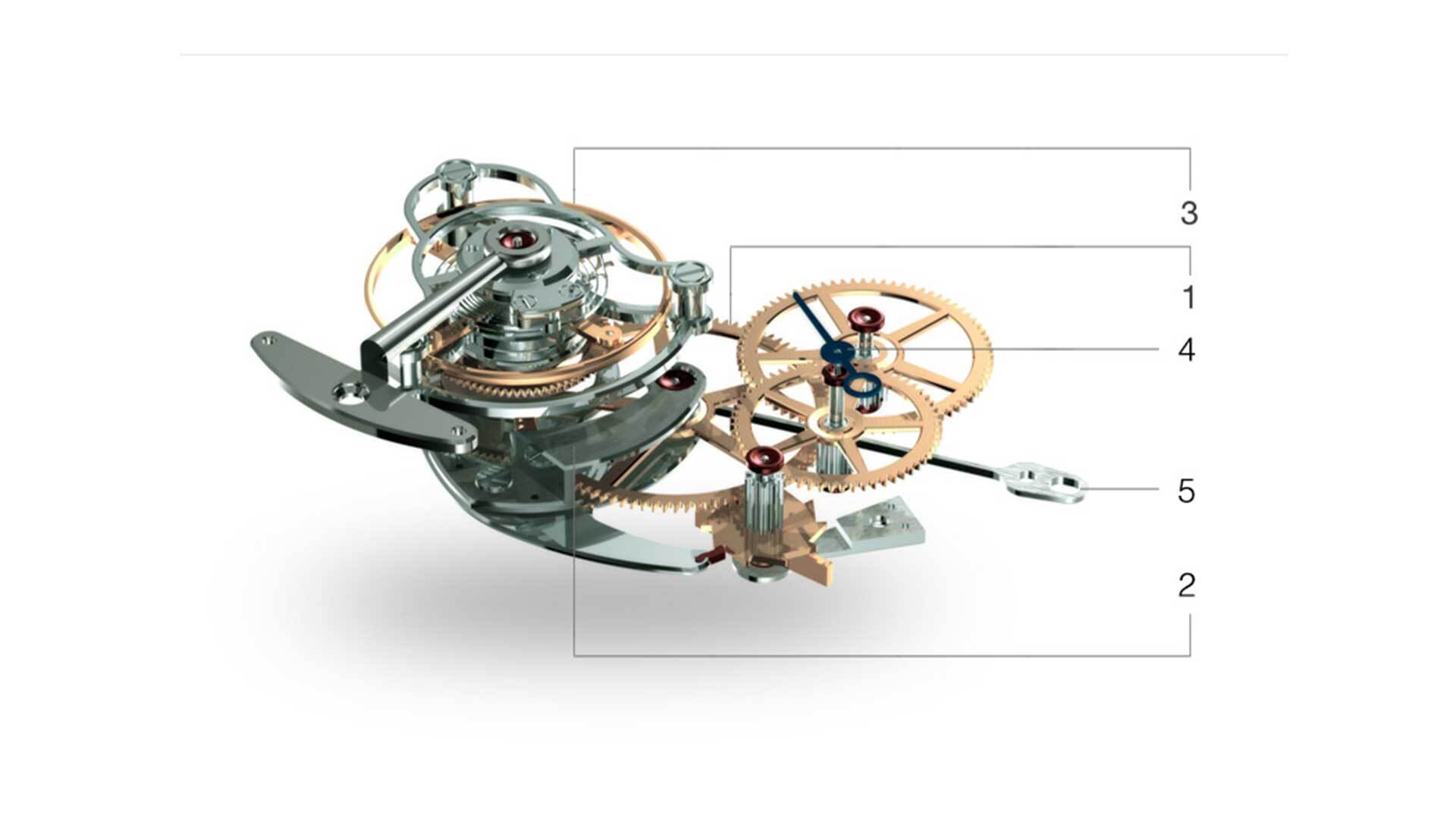
The remontoire (constant force device) comprises a secondary wheel (1) assembled on a lever(2), which swivels concentrically to the cage (3) of the tourbillon. This lever stops the principal wheel which carries the second hand (4) and transmits the energy of the barrel, whereas the auxiliary spring (5) (or equalizing spring) gives its energy to the escapement. (6) This then allows the secondary wheel to release once per second, and with repetition, the auxiliary spring is re-fuelled by the principal wheel.
This article discusses these watches:
Related articles:
Keep up to date. Subscribe to our newsletter.

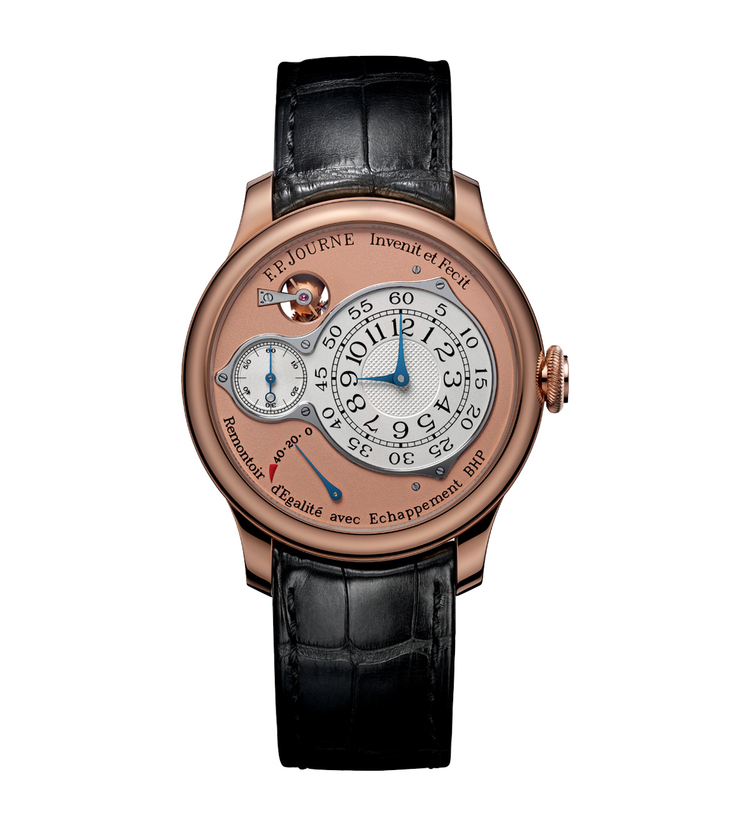
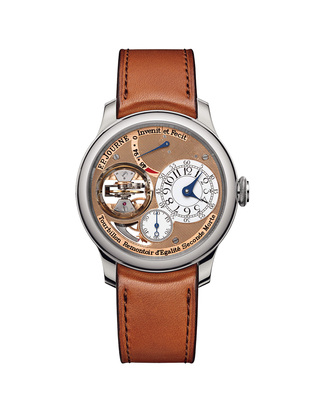




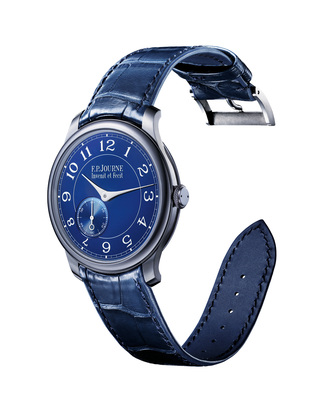


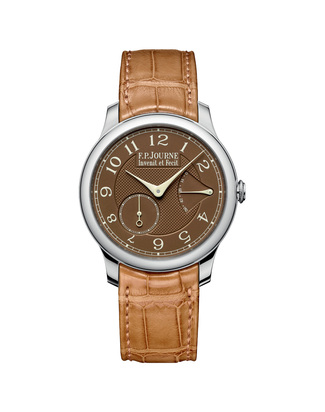






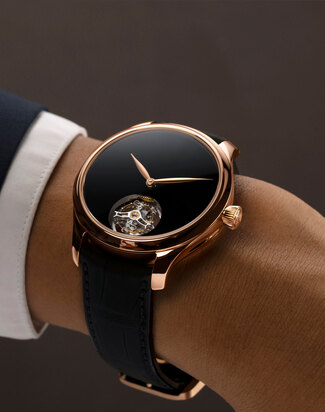



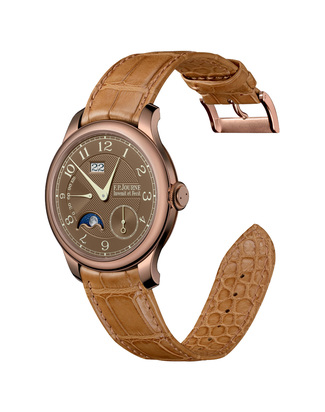
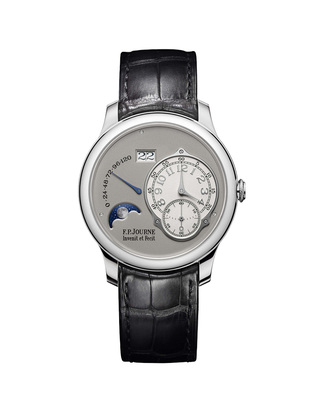


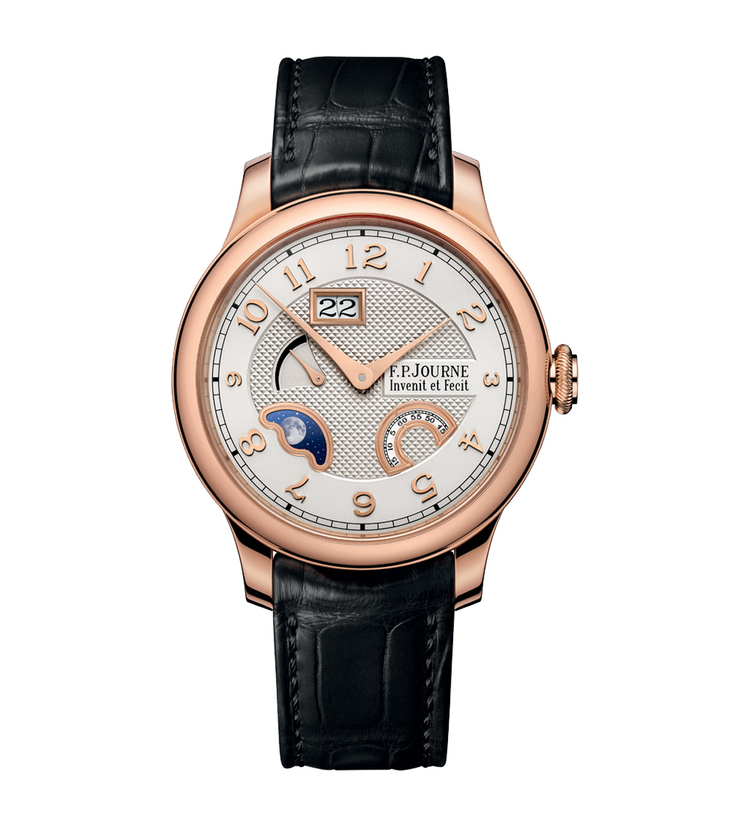
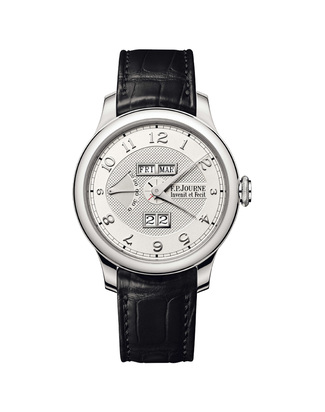







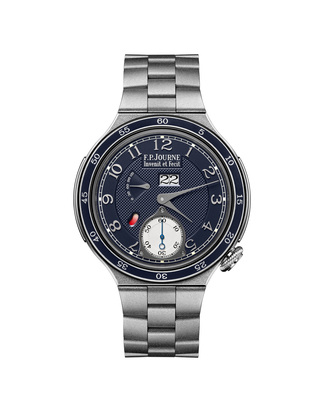





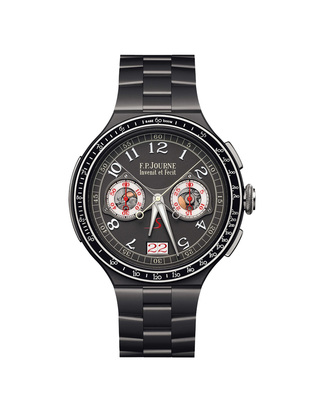




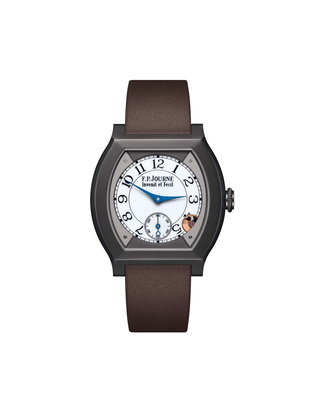

















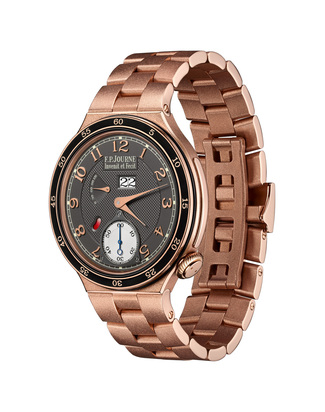









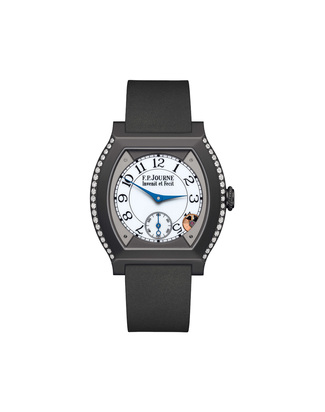

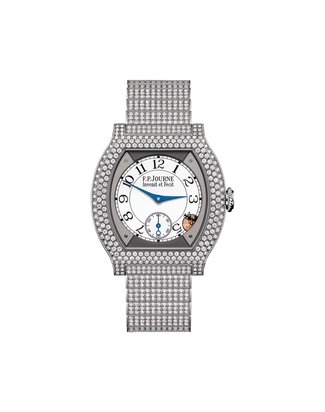






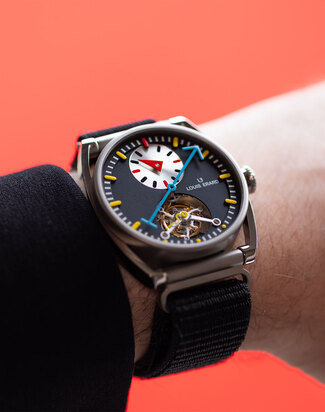
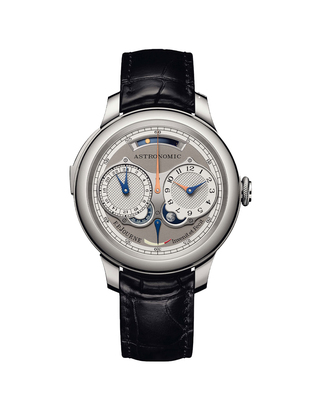

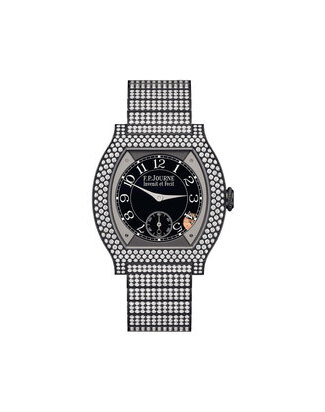




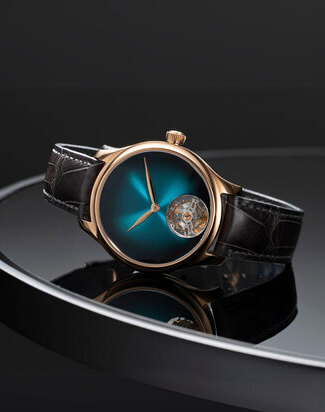

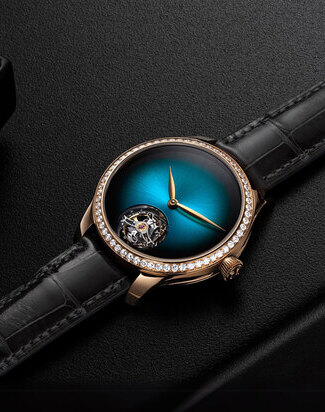













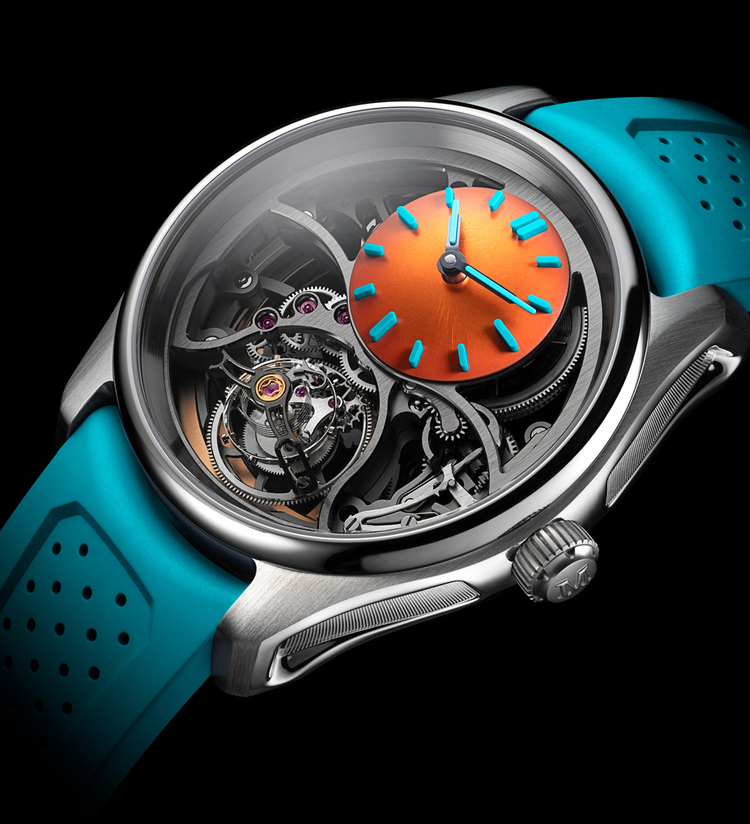



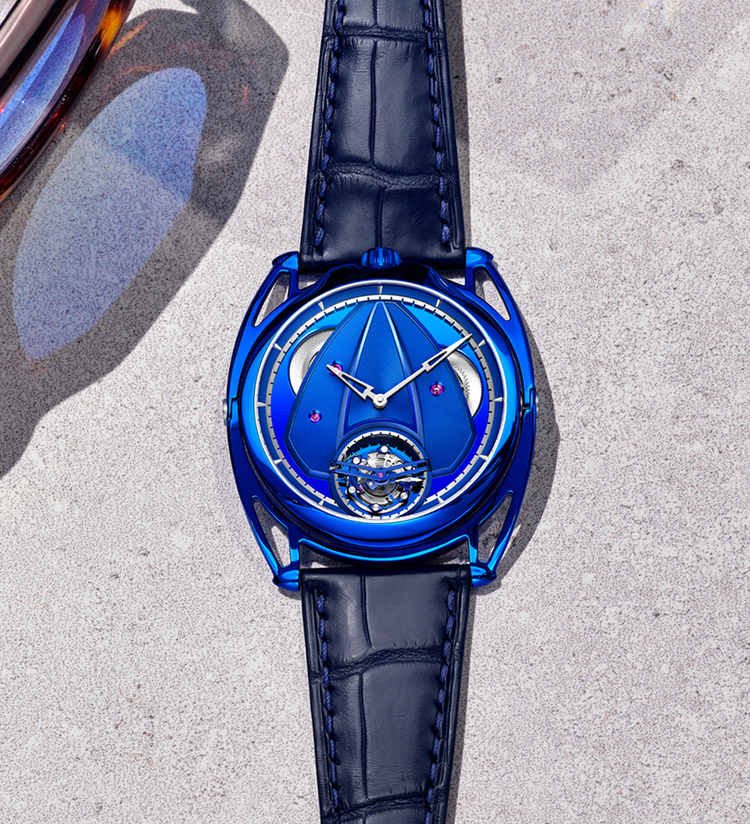
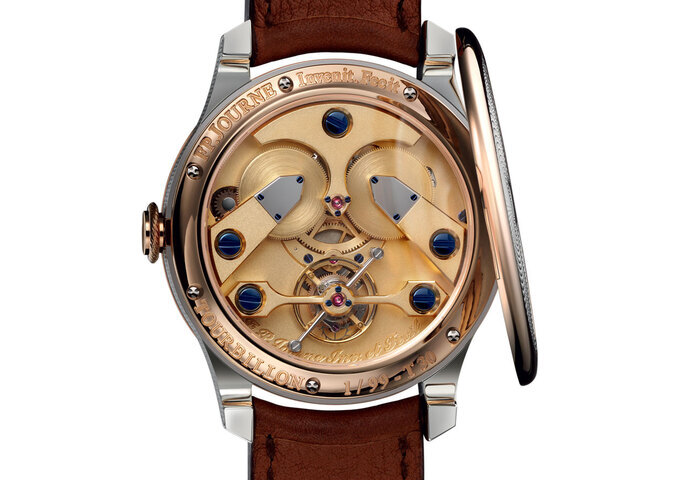 Stories
Stories Reviews
Reviews News and trends
News and trends News and trends
News and trends Reviews
Reviews Reviews
Reviews Reviews
Reviews Reviews
Reviews Stories
Stories Stories
Stories News and trends
News and trends Guide
Guide